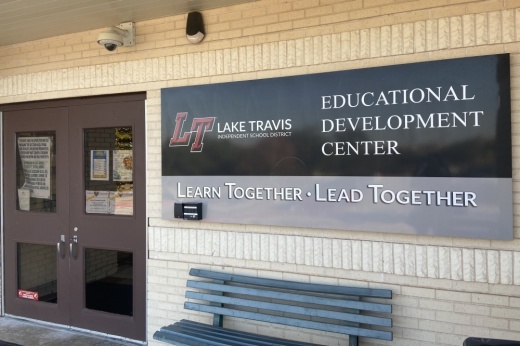At an April 3 budget workshop, district officials pointed to a need for more state funding as many districts across the state face growing budget shortfalls.
“We’re projecting a deficit for the current school year ... plus a greater deficit for next year,” said Pam Sanchez, LTISD assistant superintendent for business services. “Please know that this is not isolated to Lake Travis. Other districts in our area, ... we found, and across the state are experiencing significant deficits.”
The overview
LTISD is projected to adopt a $6.68 million shortfall in its general operating fund budget for FY 2024-25 with $160 million in revenues and $166.76 million in expenditures. The projected shortfall is $2.68 million greater than the district’s FY 2023-24 deficit of $4 million, which has almost doubled since the board adopted a $2.6 million projected shortfall in August.
The 2024-25 fiscal year preliminary budget assumes the following:
- The district enrolls 42 more students, with 11,315 students next school year as enrollment growth slows.
- Taxable property values increase by 5.54%, resulting in tax rate compression of 1.9 cents for a tax rate of $1.0551 per $100 valuation.
- The basic allotment per student, which hasn’t changed since 2019, remains at $6,160.
- New state safety and security mandates continue with limited funding.
- The district will pay $49.5 million in recapture back to the state, an increase of almost $1.5 million from last school year.
- The district maintains a local optional homestead exemption of 20%, or $33.8 million in local property tax relief.
- The district receives $475,945 more in revenues but $3.16 million more in expenses than the district’s FY 2023-24 budget.
- Staffing costs increase by $1.5 million with a 1% salary increase for all staff totaling $765,000.
What they’re saying
As LTISD projects one of its largest budget shortfalls in recent years, district officials have expressed frustration over a lack of funding from the Texas Legislature.
Superintendent Paul Norton said the state would need to increase the basic allotment by about $1,000 to account for inflation since 2019. Norton and several board members discussed a desire to inform community members around advocating for the district alongside the board ahead of the 2025 legislative session.
“People have no idea what’s going on or they think it’s decisions that we’ve made here that are impacting the budget and don’t realize that this is really a choice by the state,” Place 2 board member Lauren White said.
Board members also shared concerns about not being able to provide higher raises for staff, uncertainty on where the district’s recaptured tax dollars were going and the impact of the district’s fund balance decreasing.
If the district’s fund balance falls below 20% of its expenditures, after accounting for recapture, the district’s bond rating with rating agencies and financial rating from the state could lower, Sanchez said. School board President John Aoueille said the district would likely cut its budget before going below the recommended fund balance amount.
Going forward
The district may consider switching from a Sept. 1-Aug. 31 fiscal year to a budget running from July 1-June 30. Shifting fiscal year timelines would allow the district to receive a one-time contribution to its fund balance of $10 million as it would receive 12 months of revenues for 10 months of expenditures, and better accommodate campus and department schedules, Sanchez said.
Projections for the FY 2024-25 budget will likely change before the board’s next budget workshop on June 5, she said.





